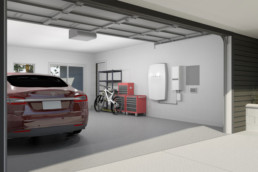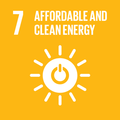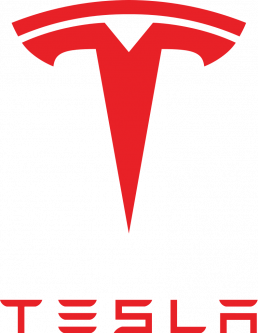Tesla Powerwall is a compact and modular battery for homes and small businesses that is charged either by solar panels or by the grid when power prices are low. It then delivers reliable electricity when the sun is not shining or during power outages.
Lithium-ion battery packs – the same ones used in electric vehicles like the Tesla Model S – can now be mounted on the walls of every home and business. Tesla Powerwall is designed to maximise the use of locally-generated solar power, facilitate a transition to off-grid homes, and supply backup power during power outages caused by grid instability or extreme weather events. The battery is easy to install and maintenance-free. A 14-kWh Powerwall 2, which sells for $5,500 before installation, is sufficient to power an average two-bedroom home for a full day. For businesses and larger homes, multiple Powerwall batteries can be connected.

Why you should care
Energy storage can make an important contribution to decoupling electricity demand and supply, which helps to integrate renewable energy sources. Studies show that a 3-kWh battery can reduce the electricity consumed from the grid by 50% to 60% for a household with a 4-kW rooftop PV system. Powerwall could therefore make carbon-free electricity generation even
more attractive.
How the Global Goals are addressed

Affordable and Clean Energy
By reducing energy costs and protecting against power outages, Powerwall makes the transition to cleaner energy more attractive and feasible for homeowners and businesses.

Industry, innovation and infrastructure
Powerwall provides a reliable power supply in the event of outages, which is important for businesses and public services in areas prone to storms or unreliable utility grids.

Climate Action
Increased battery use could shift 14% to 18% of current electricity demand to self-produced solar electricity in some markets by 2020, with consequent reductions in CO2 emissions from fossil fuel power stations.


